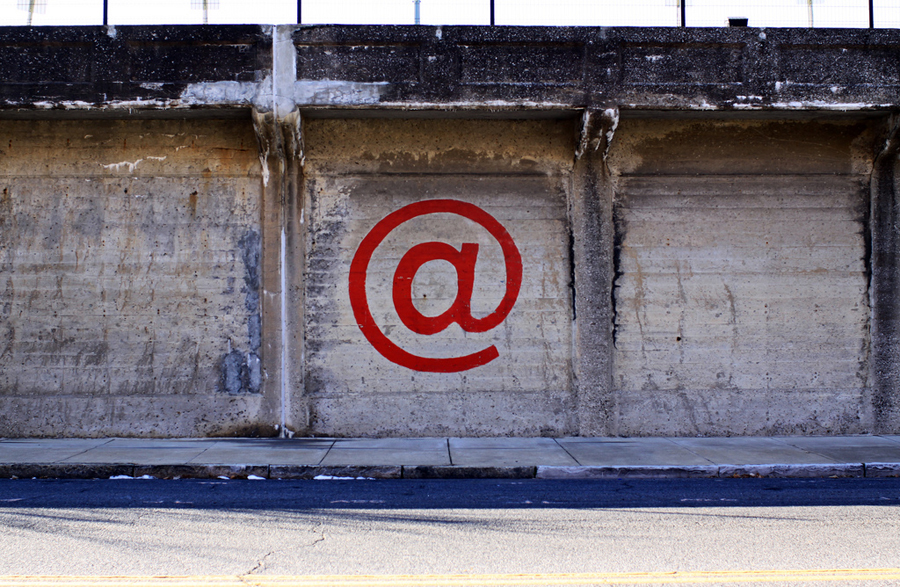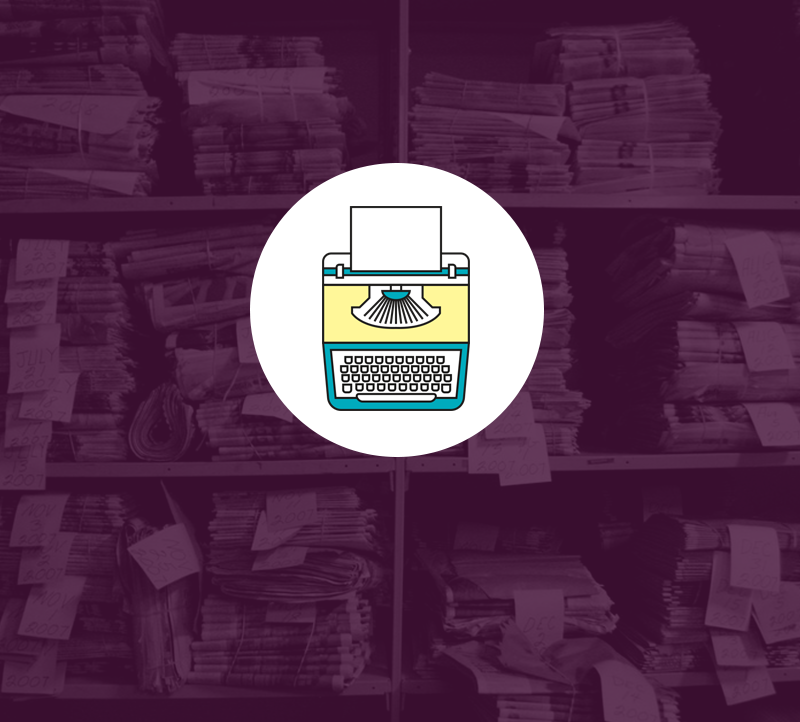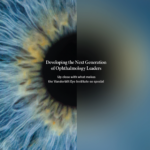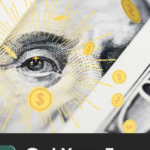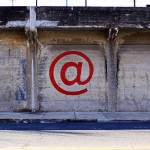This piece was originally published on Medium, after a college news-design instructor reached out to me (when I was creative director at Design Studio Nashville) and asked me to put together some tips for her class.
READ THE STORY. You cannot design the story if you cannot tell the story. Even if there’s no time for you to spend reading closely, you must at least scan the story and find the nut graph and the places where the color of the story (major players, nuggets of info, twists) comes out. Sometimes it helps to have a working headline, so put your head together with your editors and have them help distill the information for you. Why is this story a story? Is it incremental? Is it new information? Is it transformational? Is it a surprise to readers?
CURATE LAYERS. Every story potentially has some information in it that can and should be broken out. Sometimes editors and reporters will provide that information, but more often than not, they won’t. It’s part of your job as a visual journalist to present the stories you’re telling in the best way you can for readers. Lots of different kinds of people read the printed paper in lots of different ways. Some sit down to savor every word. Others scan until they find a phrase or a photo that jumps out at them and piques their interest. Help the scanning reader digest the news easily and quickly by layering in the essential, important, interesting information in ways beyond long grey blocks of text. Break out numbers, data, history, bio information (that can be paired with mug shots), timelines, what’s next, how to help, where to go, what they said, what to do, etc. Layering in that information in smart ways gives all kinds of readers different ways to learn information without them really even realizing that’s what they are doing.
DELIGHT — NOT JUST THE DEVIL — IS IN THE DETAILS. Find occasions to show your readers something surprising and delightful, something that might cause a double take or cause them to remember the story because of something fun and surprising about the design. You don’t have to go overboard with this concept, because a little delight goes a long way. But don’t be afraid to have fun when it makes sense to.
BUILD TRUST. You are not an artist who can do whatever you want because it makes you feel good to do it. (Unless you are an artist in your free time, of course.) If this is your chosen vocation, you must remember that you are a news designer whose job it is to tell stories visually in ways that get people to notice and engage with the news and information you’re providing. Your readers need to trust that you are presenting information in a way that is fair and accurate, not just informationally but in tone and feeling and scale. Your editors need to trust that you have their concerns at heart, and that their voices are heard even if your ideas of execution differ. Part of your job is to be a diplomat and help people around you understand why you want to take a certain approach. And to know when to dial it back or rethink your approach if their concerns outweigh your desire to do things a certain way.
